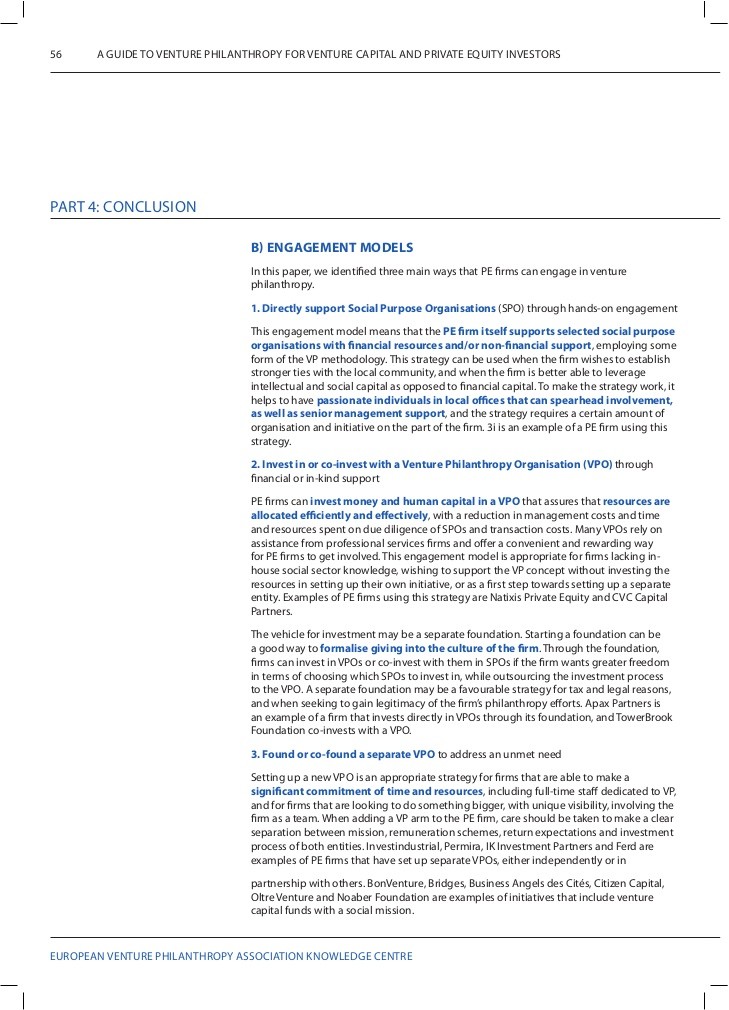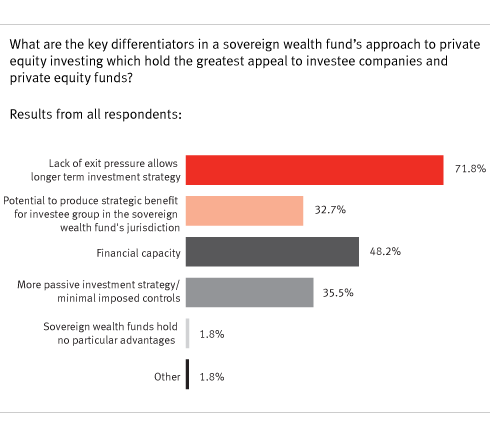A Model of Accountability for Private Equity Investors
Post on: 19 Декабрь, 2015 No Comment

Sailing in Dark Waters
If you invest into closed-end, draw-down, private equity funds you know that it can often feel like you’re sailing in dark waters. There are few operational standards, few means of enforcement, and a general lack of visibility for investors in these murky conditions.
Limited Due Diligence
Pre-investment due diligence on a new fund is limited as there is no track record for evaluation. Likewise, post-investment diligence doesn’t help much for the current investment it just helps you decide if you’re going to invest in this manager’s next fund. As a result, meaningful due diligence is most often reserved for long-term managers who launch multiple vintage year funds over time.
Complicated Fees & Expenses
Despite extensive negotiations on the terms of the Limited Partnership Agreement, fee and expense terms can remain vague, and can simply go undisclosed once the fund is operational. It can be difficult to ascertain how managers are calculating fees and allocating expenses, including:
- What are the management fee calculations, deferral mechanisms, and changes to the terms at the conclusion of the investment period?
- What expenses has the manager billed to the fund, what expenses get billed to co-investors, what gets paid by the management company?
- What are the terms of the carry and the distribution waterfall, and what kind of claw-back provisions are there?
Lack of Visibility into Investments
Given the private nature of the industry, it can be inherently difficult to obtain relevant visibility into a fund’s investments. The fund may not be required to disclose information about its portfolio companies or it may choose to hold back information in order to preserve a competitive advantage.
Classification of Calls

A lack of standardization in manager reporting leaves many private equity investors struggling to interpret and account for how their capital is being put to use. Managers may articulate the nature of a call: itemizing fees, expenses, and specific investment deals, or they may simply call capital.
Given these challenges, chances are that your operations could use some refinement in order to catch up with the growth of your business. It may be time to bring your private equity operations up to par with the control that you have over your other asset classes.
ESTABLISH A MODEL OF ACCOUNTABILITY
As an investor into private equity funds, you need to use the limited information you receive in order to create a model of accountability—holding your private equity managers accountable and being accountable to your constituents.
For starters, ensure that you are capturing all of the information that your managers provide with as much granularity as they are willing to share. Once tracked, you can analyze your private equity data in order to evaluate performance, monitor fees, and gain more clarity about your managers and their underlying investments.
Strengthen your relationships with stakeholders by providing them with insights and illuminating the workings of your own organization. Clarify the terms of your waterfall distribution and your carry. Let them see any expenses and fees charged to the fund. Most importantly, demonstrate the due diligence that you perform before (and after) putting their money to work.
At Cogency, we built an end-to-end, straight-through solution for firms that invest in private equity and draw-down funds.
Our integrated platform spans all aspects of private equity fund investing, allowing you to document your investment decisions (due diligence ), analyze your investments (portfolio management ), and provide the highest level of visibility for your stakeholders (partnership accounting ).
- Our due diligence module provides a structure and a repository for all interaction with a manager: tracking meetings, documents, emails, questionnaires and more. It connects a manager with all of the funds that they have run, so that you can see their investment history.
- Our portfolio management module tracks commitments, cashflows and valuations, in order to accurately present unfunded commitments, paid-in-capital, draw-down, distributions, and market values. See key metrics like IRR, TWR, DPI, and TVPI for each position and the portfolio as a whole.
- Our partnership allocation engine calculates management fee, accrued carry and current net market value for each investor.
- Our waterfall distribution engine calculates cash allocations to each LP and realized carry for the GP, respecting hurdles, tiers, and other special terms.
AN END TO END SOLUTION
With Cogency, the whole is greater than the sum of its parts. In addition to the above, we integrate portfolio management, partnership accounting, and due diligence for your hedge funds, marketable securities and other asset classes. See our blog post entitled Unified Accounting for Institutional Investors for more details about our holistic approach to a multi-asset class portfolio.














